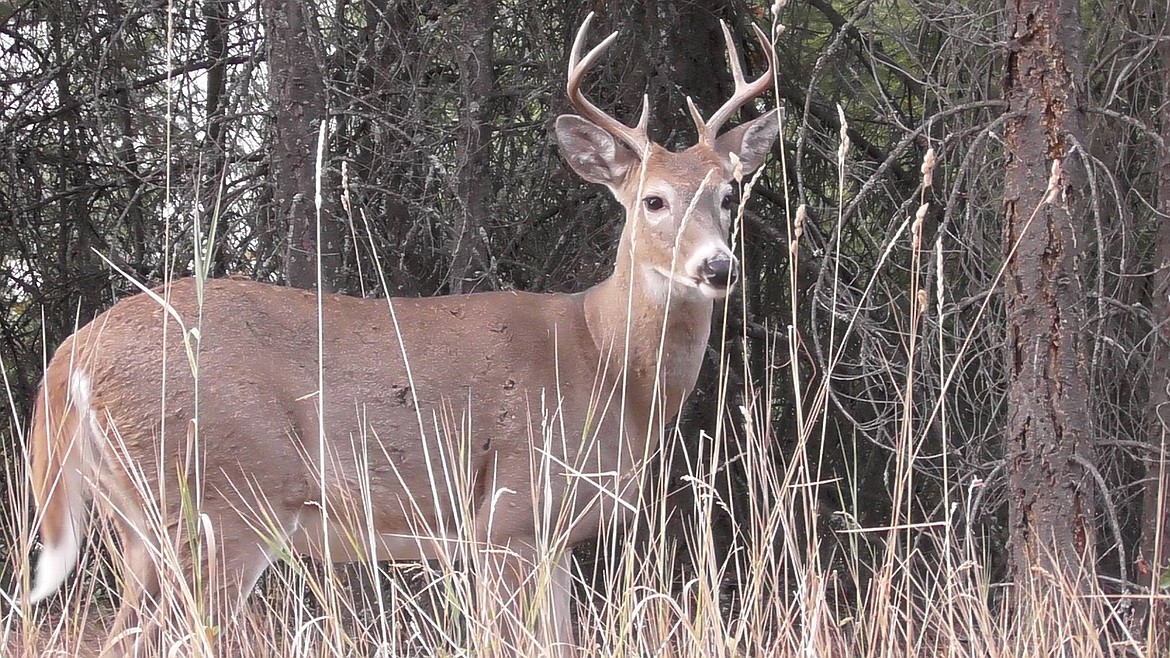Chronic wasting disease detected for first time in wild deer in Flathead Valley
Chronic wasting disease was recently detected in a white-tailed deer in Kalispell.
This is the first time the fatal disease has been detected in a wild herd in Hunting District 170, which encompasses most of the Flathead Valley, according to Montana Fish, Wildlife and Parks.
The state agency received reports of a symptomatic buck at the Flathead County landfill. Wildlife biologists euthanized the animal and submitted samples for testing. The first test indicated that the deer as positive for CWD and a second follow-up test has been submitted for confirmation, following testing protocol.
The deer shows classic symptoms of CWD, said Dillon Tabish with Montana Fish, Wildlife and Parks in Kalispell. The buck was very skinny and sickly looking, was drooling and had its ears down, he said.
The agency says it is working with Flathead County and will survey the landfill for any other potentially symptomatic deer on the property that is off U.S. 93 between Kalispell and Whitefish.
Following the latest detection, all hunters in HD 170 are encouraged to get their harvested deer and elk tested for the disease.
“We’re asking hunters to please get their animals tested from Hunting District 170 because we really want to understand the possible prevalence and spread of chronic wasting disease.” Tabish said.
Hunters can bring their harvested animal to the Fish, Wildlife and Parks' office in Kalispell, Monday to Friday, 8 a.m. to 5 p.m., for sample collection during the general hunting season.
Chronic wasting disease is a contagious neurological disease that infects members of the deer family, including elk, moose, mule deer and white-tailed deer. It is always fatal, and there is no known cure. It was first detected in Montana’s wild herds in 2017.
There is no known transmission of CWD to humans. However, the Centers for Disease Control and Prevention recommends that hunters harvesting a deer, elk or moose from an area where CWD is known to be present have their animal tested for CWD prior to consuming the meat and do not consume the meat if the animal tests positive.
Hunting is the primary tool for monitoring and managing the spread of CWD, Montana Fish, Wildlife and Parks said in a press release.
"Concerns over CWD shouldn’t stop hunters from enjoying hunting season," the release states. "Hunters are critical to conservation efforts across the state and protecting our wildlife heritage."
For more information on CWD in Montana, visit fwp.mt.gov/cwd.

